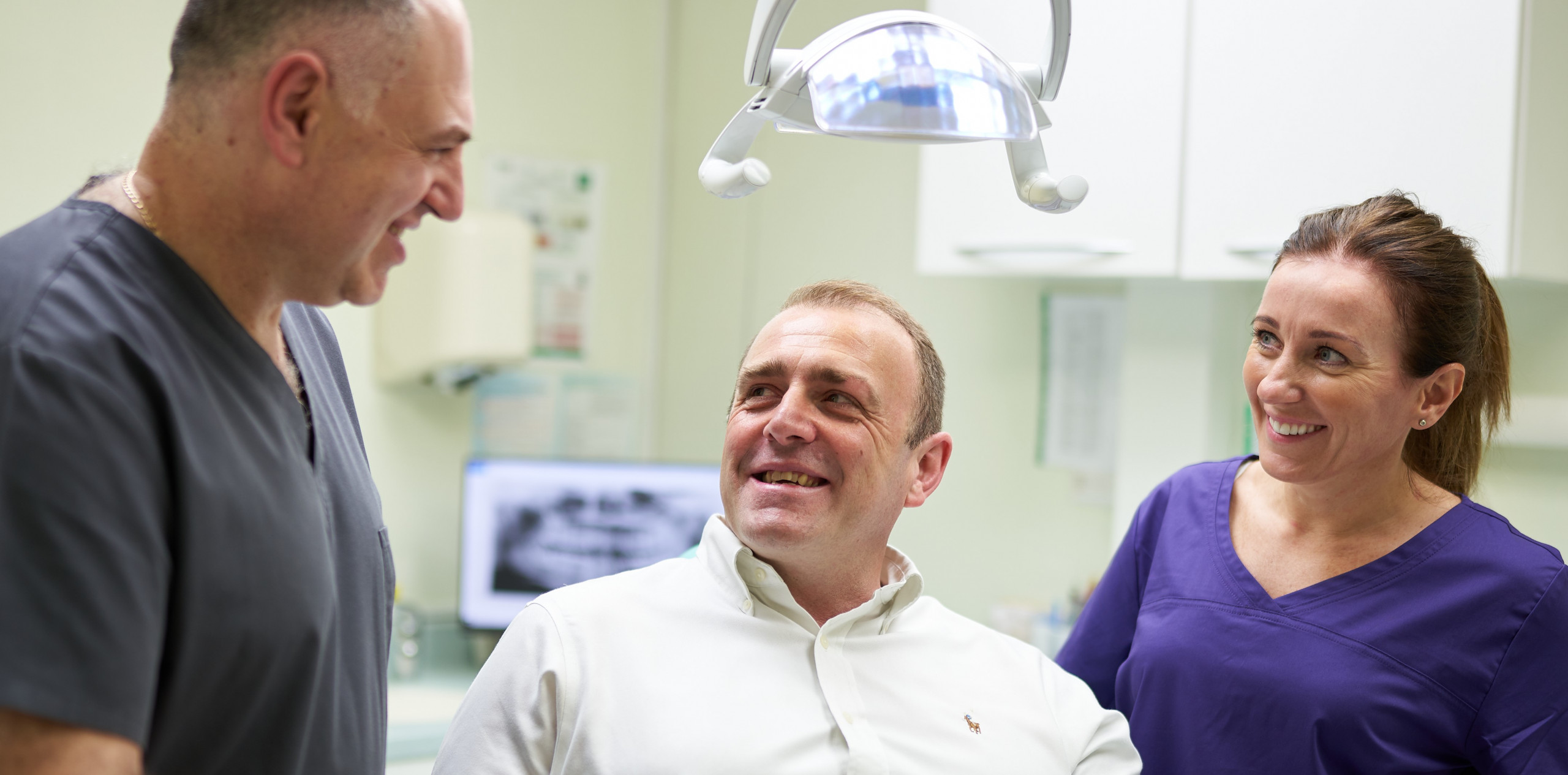Emergency dentistry needs can occur unexpectedly and require immediate attention to prevent further complications. By understanding these situations and knowing how to respond, individuals can minimize pain, reduce the risk of long-term damage, and enable optimal oral health outcomes. Here is more information on common dental emergencies, their causes, and the appropriate steps to manage them effectively:
Receiving a Diagnosis
Upon arriving for an emergency dentistry appointment, the process begins with an evaluation. The dentist will gather information about your symptoms, medical history, and any recent trauma or incidents affecting your dental health. This information is valuable for identifying the underlying issue and planning treatment.
A clinical examination will follow, allowing the dentist to assess the condition of your teeth, gums, and surrounding tissues. If necessary, diagnostic imaging, such as X-rays, may be performed to gain a more detailed understanding of the situation. The priority during this phase is to identify the specific cause of pain or discomfort and stabilize any pressing concerns.
Exploring Emergency Treatments
Emergency dental treatments address a wide range of issues, from toothaches to dental trauma. The specific procedure depends on the nature of the problem.
- Pain relief is a common focus during emergencies. Dentists may use local anesthetics or recommend over-the-counter or prescription medications to alleviate discomfort. Immediate care prevents the escalation of pain.
- Fractured or dislodged tooth treatments may include re-implantation or dental bonding to repair damage. Early intervention is often key to preserving the tooth and avoiding long-term complications.
- Abscesses or infections are treated by draining the affected area to remove pus and bacteria, and may involve the prescription of antibiotics. Ignoring infections can lead to serious health concerns.
- Damaged restorations, such as crowns or fillings, can be repaired or replaced to restore the tooth’s structure and functionality.
Common procedures aim to alleviate pain, prevent further damage, and preserve dental function while making sure the patient’s overall oral health remains intact.
Understanding Next Steps
Following initial treatment, the dentist will recommend follow-up steps to address any remaining or ongoing issues. This may involve arranging future appointments for restorative work, such as permanent fillings, crowns, or root canal therapy, enabling your dental health to be fully restored after the emergency.
Dentists often provide detailed guidance on how to care for your teeth following emergency treatment. This can include instructions on hygiene practices, dietary adjustments, and avoiding certain activities that could hinder recovery. They may also recommend regular check-ups to monitor progress. Additional recommendations may include the use of protective equipment, such as mouthguards, if dental trauma is a recurring concern or to prevent future injuries.
Get Emergency Dentistry
An emergency dental visit typically involves an evaluation to determine the problem, treatment to address immediate concerns, and follow-up steps to restore long-term dental health. Emergency treatments can include pain management, infection control, and restorative procedures for damaged teeth. Understanding these processes can make navigating dental emergencies more manageable. If you experience a dental emergency, contact your dentist as quickly as possible to minimize complications and begin prompt treatment.
- EA Fitness – Transform Your Health Today!
- Why Is Mental Health Important – Transform Your Life By Prioritizing It!
- How To Improve Gut Health – Boost Digestion, Energy & Immunity!
- Is Coffee Beneficial To Health – Expert Insights You Can’t Afford To Miss!
- TimesHealthMage Diet Plans For Diabetics – Manage Blood Sugar The Smart Way!


Leave a Reply